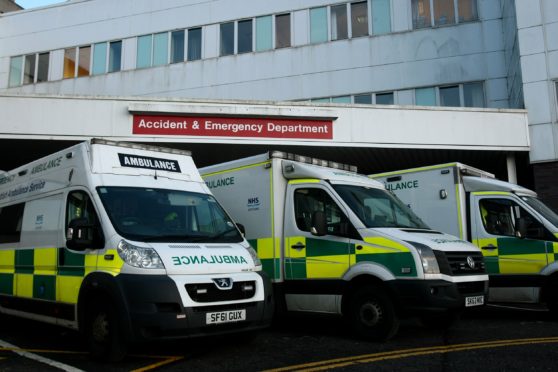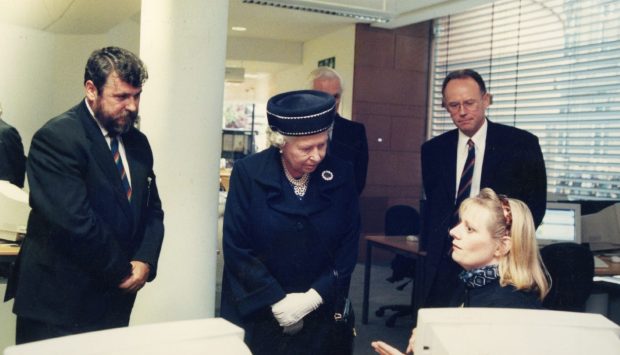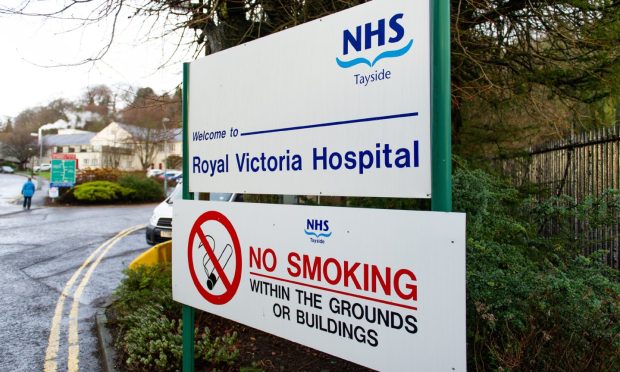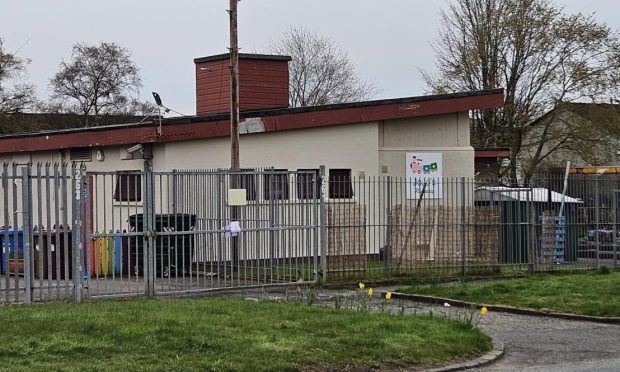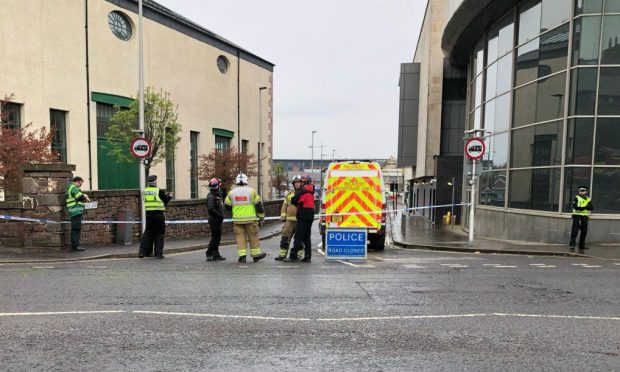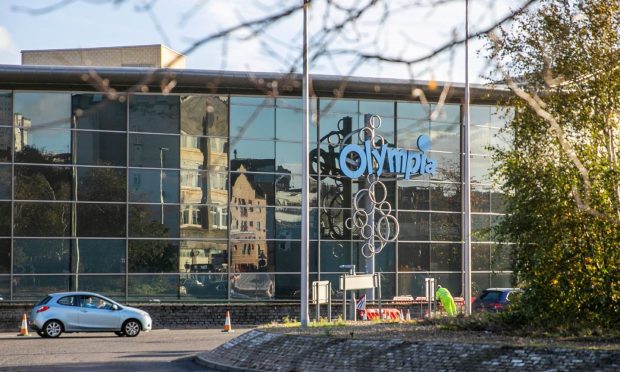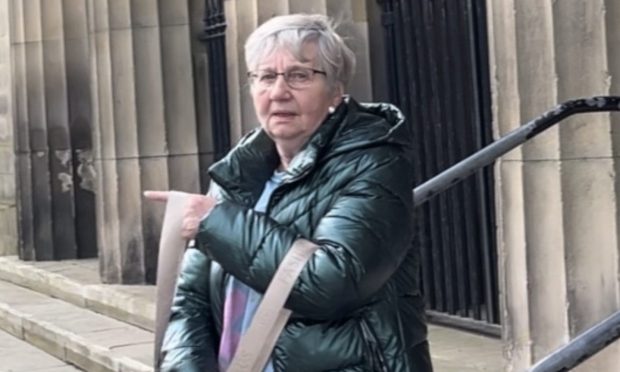A massive spike in paracetamol poisoning cases in Tayside is “alarming”, bosses at a national charity have warned.
Figures released by NHS Tayside in response to a Freedom of Information request revealed the number of incidents across the health board rose from 467 in 2016 to 509 in 2017 and 637 last year – an increase of more than a third in the space of just two years.
Paracetamol poisoning can be fatal and can cause liver damage and multiple organ failure.
The NHS Tayside figures show the biggest increase in attendances at accident and emergency departments at Ninewells Hospital and Perth Royal Infirmary were for people aged between 20 and 34.
In 2016, 154 people between these ages attended A&E after taking too much paracetamol, rising to 171 in 2017 and 254 last year.
Over the three-year period 160 teenagers were hospitalised because of a paracetamol overdose.
The figures do not say whether the cases were a result of deliberate or accidental overdoses.
Paracetamol is the most common drug taken in overdose in the UK each year and is responsible for between 150 and 200 deaths annually because of liver failure.
A spokeswoman for the British Liver Trust said: “Those statistics are quite alarming.”
However, she said the organisation was happy with the current laws relating to the sale of paracetamol.
“Since the change in legislation in 1998 to restrict the amount of paracetamol purchased in one go (a maximum of 8g for adults) the incidence of paracetamol-induced liver has decreased dramatically.
“We do believe that it’s vital that members of the public are aware that the maximum dose of paracetamol within a 24-hour period must never be exceeded.
“Adults can usually take one or two 500mg tablets every 4-6 hours, but shouldn’t take more than 4g (eight 500mg tablets) in the space of 24 hours.
“Even taking one or two more tablets than recommended can cause serious liver damage.”
She said it was also important to remember that many different medications can contain paracetamol and that people should be careful to avoid consuming more than the recommended daily dose.
NHS Tayside medical director Professor Peter Stonebridge said: “It is very important to read the information leaflet and take any medication in line with the instructions.
“Taking too much paracetamol can be very dangerous. Anyone who has taken more than the recommended maximum dose should contact NHS 24 on 111 or go to the Emergency Department as soon as possible.
“Overdose may occur after taking a large amount of paracetamol in a single dose or taking multiple doses which exceed the recommended amount.”
Untreated paracetamol poisoning can cause liver damage, multiple organ failure and, in some cases, death.
After taking too much paracetamol, people may feel sick, vomit or have stomach pain, but often there are no obvious symptoms to begin with so it’s important to seek advice at the earliest opportunity.
